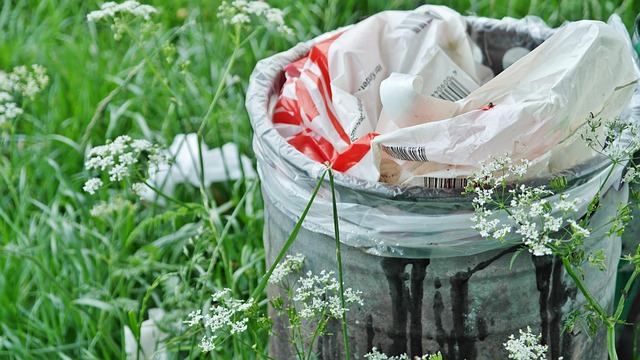The Green Garden: Sustainable Irrigation Techniques for a Healthy Environment
In an age where environmental awareness is more critical than ever, our gardens can play a significant role in promoting sustainability and preserving nature. By implementing environmentally friendly irrigation techniques, gardeners can not only nurture their plants but also contribute to a healthier planet.
Water conservation is a cornerstone of eco-friendly gardening, and there are several methods to ensure that we use this precious resource wisely. From rainwater harvesting to drip irrigation and mulch application, these practices help optimize water usage while fostering a vibrant and flourishing garden.
1. Rainwater Harvesting
One of the most effective ways to utilize nature’s gift is through rainwater harvesting. By collecting rainwater from rooftops and directing it into barrels, gardeners can create a sustainable water source for their plants. This method not only reduces reliance on municipal water supplies but also helps mitigate runoff, which can lead to soil erosion and water pollution. Installing a rain barrel can be an easy and attractive addition to your outdoor space.
2. Drip Irrigation
Drip irrigation is another innovative approach that delivers water directly to the root zone of plants. This method minimizes evaporation and runoff, ensuring that every drop counts. Furthermore, it allows for precise control over water application, making it easier to maintain healthy soil moisture levels. With a drip system, you’ll cultivate a lush garden while remaining kind to the environment.
3. Use of Mulch
Applying a layer of organic mulch around your plants can have profound benefits for both soil health and water retention. Mulch acts as a protective barrier, reducing evaporation from the soil and suppressing weed growth. As it breaks down, it enriches the soil with nutrients, fostering a rich ecosystem right in your backyard. This symbiotic relationship with nature further aligns with the principles of eco-friendly gardening.
4. Native Plants and Drought-Resistant Species
Another effective way to promote sustainability is by choosing native plants and drought-resistant species. These plants are adapted to the local environment, requiring less water and maintenance than non-native species. By incorporating them into your garden, you not only reduce water consumption but also support local wildlife and plant biodiversity. A garden filled with flora native to your region can serve as a beautiful tribute to nature’s resilience.
5. Smart Technology
The advent of smart irrigation technology has transformed traditional gardening practices. Sensors, timers, and automated systems can help monitor soil moisture and weather conditions, ensuring water is used efficiently. Such innovations empower gardeners to make informed decisions and minimize waste, promoting an intelligent approach to environmentally friendly irrigation techniques.
Incorporating these sustainable practices into your gardening routine is not only beneficial for your plants but also helps honor and protect our precious environment. As we reconnect with nature through our gardens, the possibilities for creating a greener, more eco-conscious world are boundless. Let’s embrace these techniques and cultivate a future where both our gardens and our planet can thrive.




